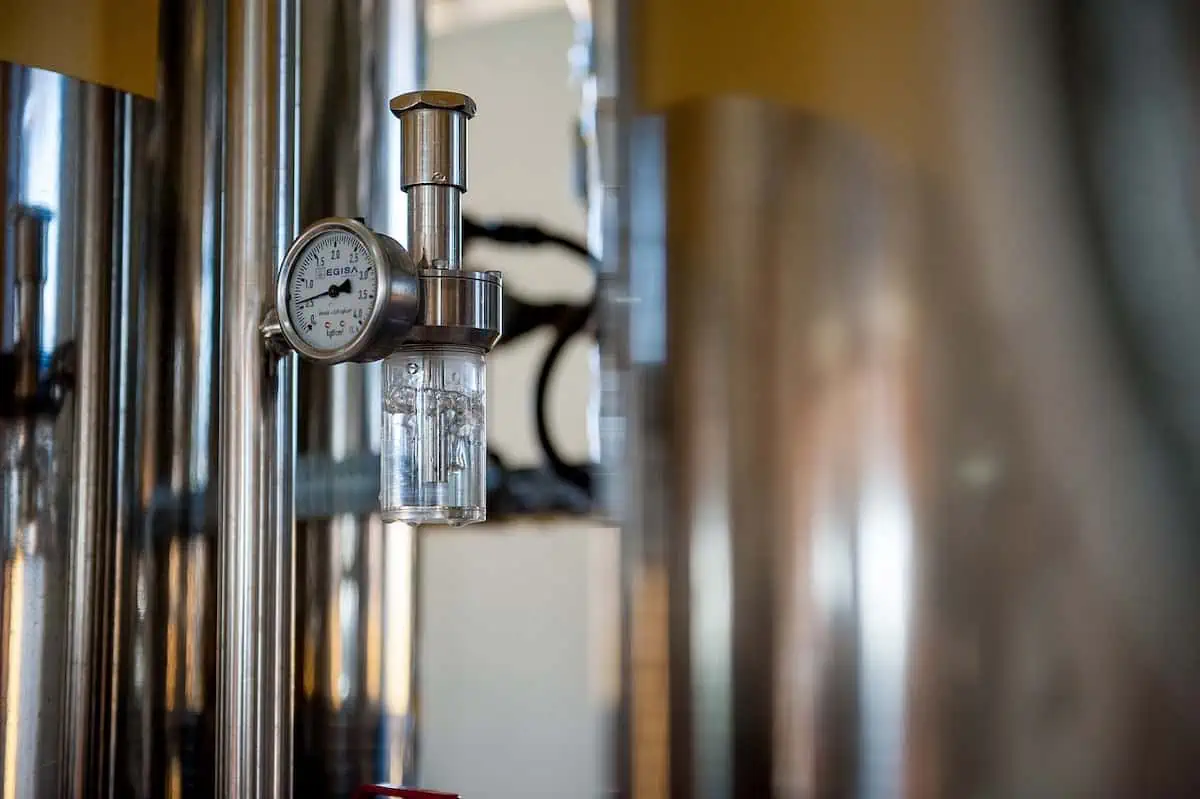While certain products like fine art, pharmaceuticals, and food require a temperature-controlled environment to ensure they maintain their quality and stay safe for consumers, storing any product at all in a temperature-controlled warehouse is a great idea.
You might wonder why you should invest in a temperature-controlled warehouse if your products aren’t temperature sensitive. Well, here are the experts from Cargo County to explain how a temperature-controlled warehouse can boost your supply chain.
Slow Degradation
Even non-perishable products can be susceptible to degradation in the heat. Hopefully, your products won’t be stuck in a warehouse long enough to degrade appreciably, but even minimal exposure to high temperatures can impact the quality of some non-perishable products.
Candles can melt, plastic can warp or crack, and canned foods can lose nutrients or harbor bacteria called thermophiles. This is why if you deal in a wide range of products, you could be exposing some to heat that shouldn’t be.
When your products are stored in a temperature-controlled environment, you can store them for a longer period of time before they need to be sold. This means you can take advantage of bulk pricing from your distributors and have more inventory on hand than if you stored your items in a regular warehouse that isn’t temperature controlled. You won’t experience shortages like you might if you could only keep products on the shelf for a short period of time.
Some products are perfectly fine in the heat, but can’t be exposed to excessively cold temperatures. Products like paint will be ruined if they freeze, so heat isn’t the only concern when it comes to storing inventory. If you live in a cold climate, products must be protected from freezing as well as from overheating. A temperature-controlled warehouse covers both bases at any time of the year to prevent supply chain disruption.
Avoid Returns
Product returns always throw a wrench into supply chains and if your end customer doesn’t get the quality of product they expect, they will return it. While you’re never going to be able to eliminate all customer returns, you can minimize them by ensuring you store your inventory in a climate that is conducive to maintaining quality.
When customers receive products that have been exposed to excessive heat or cold for long periods of time, they aren’t going to be as satisfied as they would be with products that were stored properly. Your customers are the most important link in your supply chain and ensuring their satisfaction should be paramount.
You can easily boost customer satisfaction by eliminating the risk factor of storing your inventory in a warehouse that isn’t temperature controlled.
Maximize Profits
Since you’re in business to make money, you want to avoid having to return products to your distributor or write products off due to damage. Both of these situations impact your bottom line and can cause delays in your supply chain. Eliminate these problems by choosing a temperature controlled warehouse for all your products, not just those you think require cool temperatures.
Conclusion
There are very few disadvantages to using a temperature-controlled warehouse to store your inventory. While it might cost you a little more in storage fees, it is well worth the returns you’ll get in supply chain efficiency and customer satisfaction.

